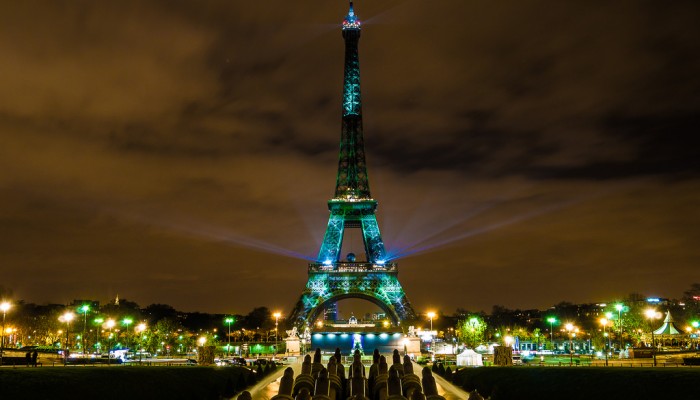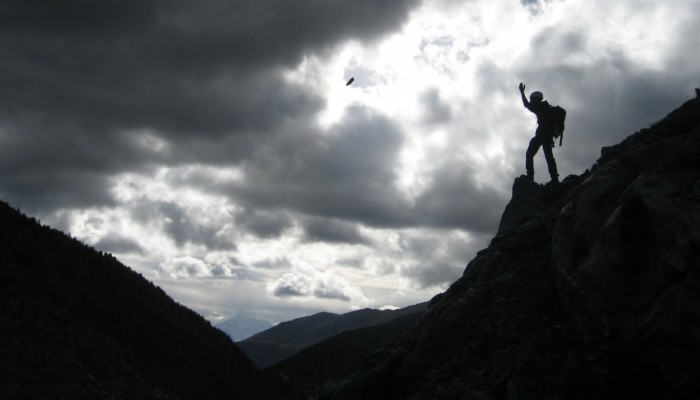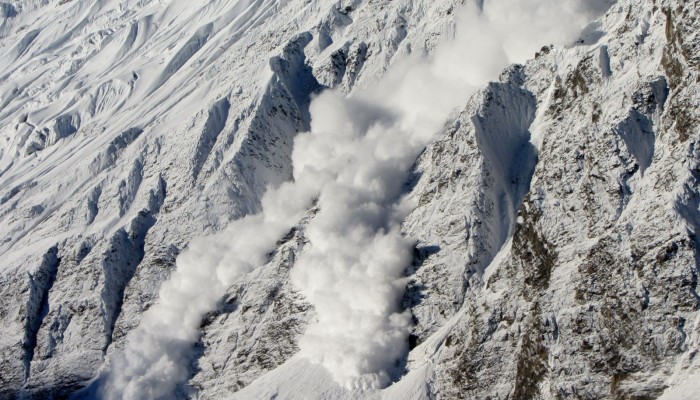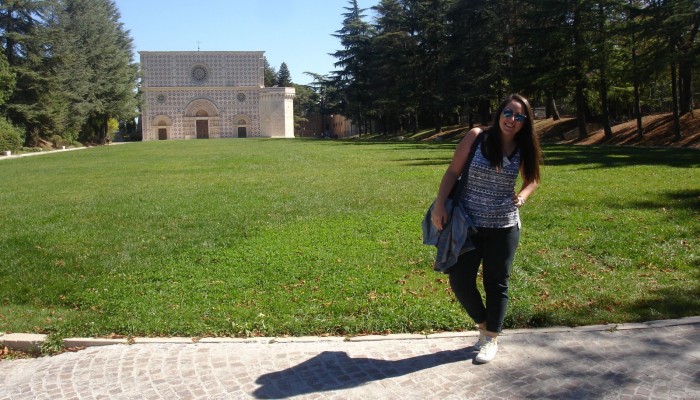Last week saw the world’s leaders come together in Paris for the 21st ‘Conference of the Parties’ (aka COP21) to discuss climate change. The 12 day meeting saw over 50,000 participants (half of which from Government organisations) come to reach an agreement on limiting greenhouse gas (GHG) production. Background Manmade climate change, resulting from the increased production of GHG into the atmosp ...[Read More]
GeoPolicy: What was decided from the Paris COP21?




